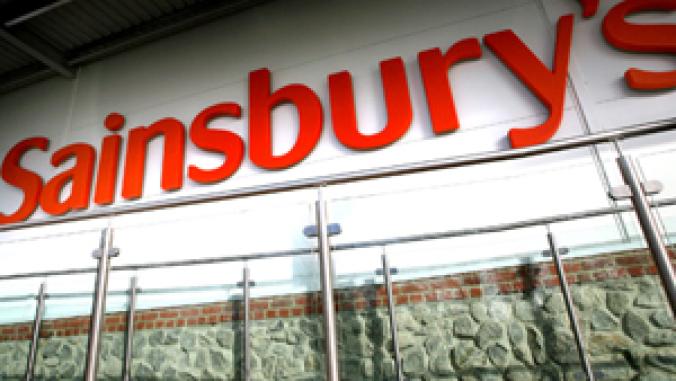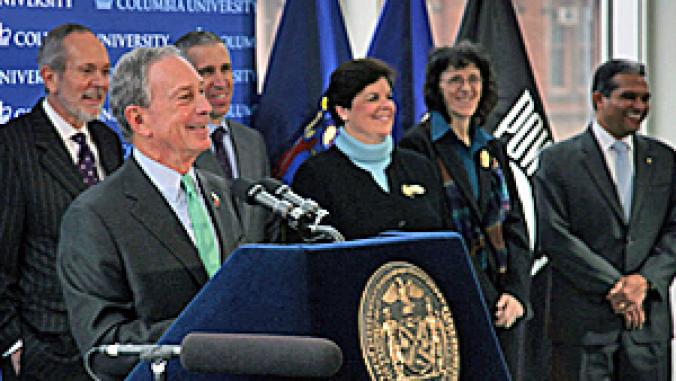10 Programs That Spurred Companies and Customers to Save Energy
<p>Programs by Alcoa and Dow Chemical Company are among the 10 profiled by the American Council for an Energy-Efficient Economy in a study of the successful use of social science in energy efficiency and conservation initiatives.</p>

It's generally accepted that giving businesses and residential consumers information about their energy consumption helps them manage it.
Combining that information with the right programs -- ones that apply social science to energy efficiency and conservation -- can push people to reduce energy use as individuals at work and at home and make decisions that enable their companies to save as well.
Such were the findings of the American Council for an Energy-Efficient Economy, which profiled 10 successful programs involving buildings and utilities, industry and transportation for its newly published study: "Visible and Concrete Savings: Case Studies of Effective Behavioral Approaches to Improving Customer Energy Efficiency" (pdf).
"The case studies profiled in the report really show that behavioral programs can be incredibly effective, even outside of the buildings sector, where they are most commonly applied through utility programs,” said Jennifer Amann, ACEEE's Buildings Program director and a co-author of the report, in a statement.
The report also provides a first-time look at behavioral programs at two firms -- Dow Chemical Company which has saved $8.6 billion in 15 years and Alcoa, which has prevented more than 1,814 metric tons of emissions -- and two-transportation related efforts.
Here is a summary of ACEEE's case studies:
1. Alcoa's Making an Impact Program. The company initiative is designed to raise employee awareness that energy and water efficiency are part of the solution to climate change. The company reported it had avoided more than 4 million pounds (more than 1,814 metric tons) of emissions.
2. Dow Chemical Company's Corporate Energy Management Program. In 1995, Dow set a goal of reducing its energy intensity per pound of product by 20 percent by 2005. After hitting that target, the firm set a new goal calling for a further 25 percent reduction by 2015. The effort has saved the company $8.6 billion in operating costs and 1,700 trillion Btus of energy. The company also has avoided 86 million metric tons of CO2e.
3. Kansas City Power & Light's Building Operator Certification Program. Program graduates saved about 9.2 million kilowatt hours of electricity and 35,000 therms of gas while reducing demand by 2,300 kW. Similar programs are now offered in 22 states.
4. Cape Light Compact's and GroundedPower's Residential Smart Energy Monitoring Pilot. The program used data from in-home energy monitoring systems and enabled customers to view the feedback and energy-saving tips online. On average, participants reduced energy use by 9.3 percent, compared to a blended control group.
5. California's Flex Your Power Program. The successes of the program included brand recognition, messaging that reached out to the Spanish-speaking community, collaboration with rural community groups, research-based message development and an online presence.
6. The Sacramento Municipal Utility District's and Opower's Home Energy Reporting Program. Using customized reports and a social norms approach, this program resulted in roughly a 2.4 percent reduction in energy demand in a 16-month period. (See Marc Gunther's post on how Opower puts peer pressure to work in saving energy.)
7. The Salt River Project's M-Power Program. Almost 79,000 customers participated in this pay-as-you-go utility program in Arizona in 2009, which resulted in households reducing energy use by 12 percent on average.
8. Hydro-One Real Time Monitoring Pilot. Using informational rather than marketing strategies, this program in Ontario, Canada, resulted in average energy savings of 6.5 percent, according to evaluators.
9. The U.S. Environmental Protection Agency's SmartWay Transport Partnership. The public-private partnership that's aimed at improving efficiency and reducing the environmental impact of freight transportation has saved 1.5 million gallons of diesel fuel and avoided 14.7 million metric tons of carbon emissions.
10. The Feebate Program in France. The feebate program is intended to motivate manufacturers to produce more efficient vehicles and consumers to buy them. Since the program's establishment, the average energy consumption of vehicles sold has decreased by at least 3 percent.
The full study is available from ACEEE at www.aceee.org.
Image CC licensed by Flickr user Sarah Deer.




